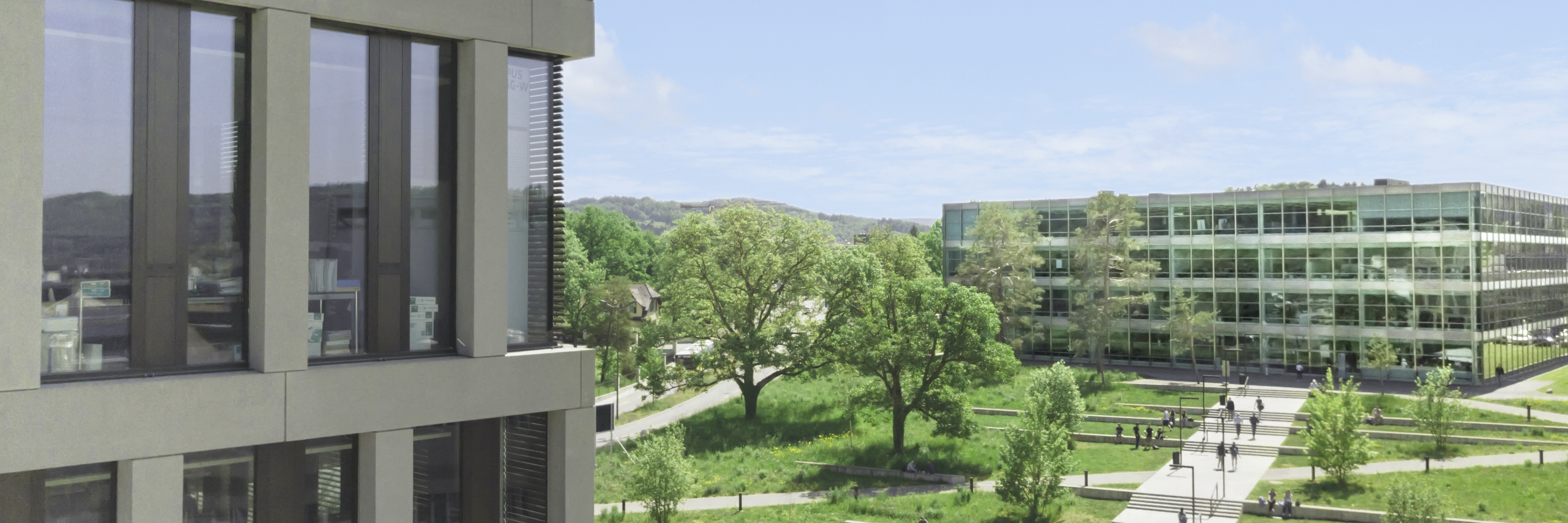Authenticity in Music
Together with the research centre of the Academy of Music, the Institute for Sensors and Electronics is developing a method to simulate electronic equipment such as guitar amplifiers or effect devices in a purely digital environment.
FPGA, signal-flow graphs
The FHNW Academy of Music is concerned with the preservation of music. This idea was carried over into modern times, which raised the question of how to preserve electronic music instruments for posterity. The restoration of hardware is often not possible because necessary spare parts are no longer available. Precise software simulations are not fast enough to be applied in real time. With the new method, it should be possible to simulate any circuit in real time so that it can be used simultaneously with other audio equipment.
Synthesising strongly non-linear circuits with the help of signal-flow graphs. Development of hardware which, based on FPGA technology, can simulate the system in real time and cannot be distinguished from the original in a blind test.
The basis is the so-called signal-flow graph method, which enables a graphical representation of a system of equations. It can be used to describe any mixed-signal circuit in the frequency domain. The idea now is to transform the graph 1:1 into the discrete-time domain. Each path is transformed separately into its discrete-time counterpart while retaining the underlying structure of the graph. This new, purely digital description of the system can then be implemented in hardware.
Implementation on hardware brings with it many challenges. Even small circuits result in complex signal-flow graphs in which many signals have to be processed in parallel. Only FPGAs with their large signal processing capacities can calculate such systems in real time. The large dynamic range of analogue components and the required precision place high demands on the numerics, which further increases the complexity of the model. Intensive optimisation work is therefore necessary to simulate real systems with the new method on conventional FPGAs.
For an introduction to signal-flow graphs, check the short course “Signal-flow graphs in 12 short lessons” on https://tube.switch.ch/channels/d206c96c.
Execution | |
Duration | 1 year |
Funding | |
Team | Hannes Barfuss, Dominik Hiltbrunner, Thomas Resch, Hanspeter Schmid |

